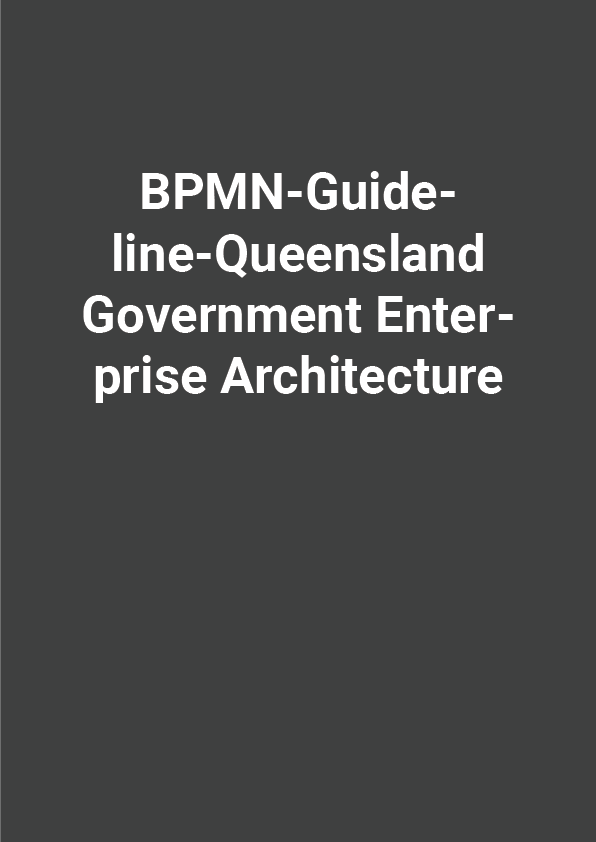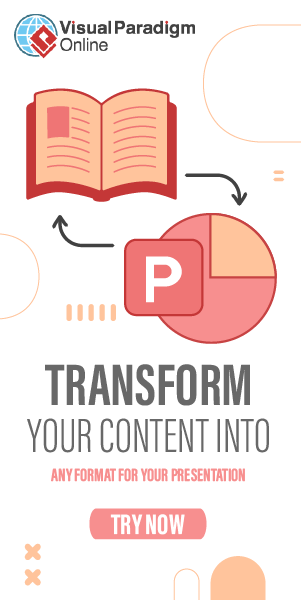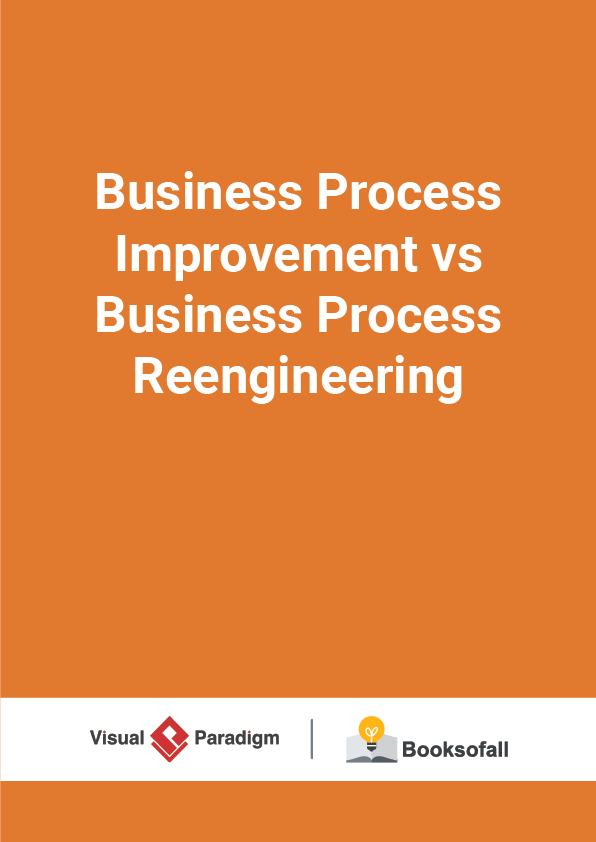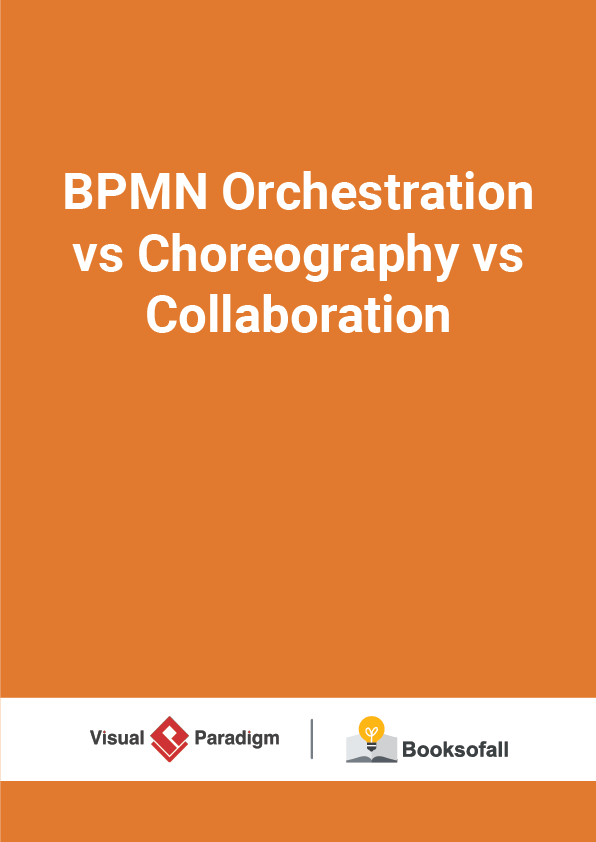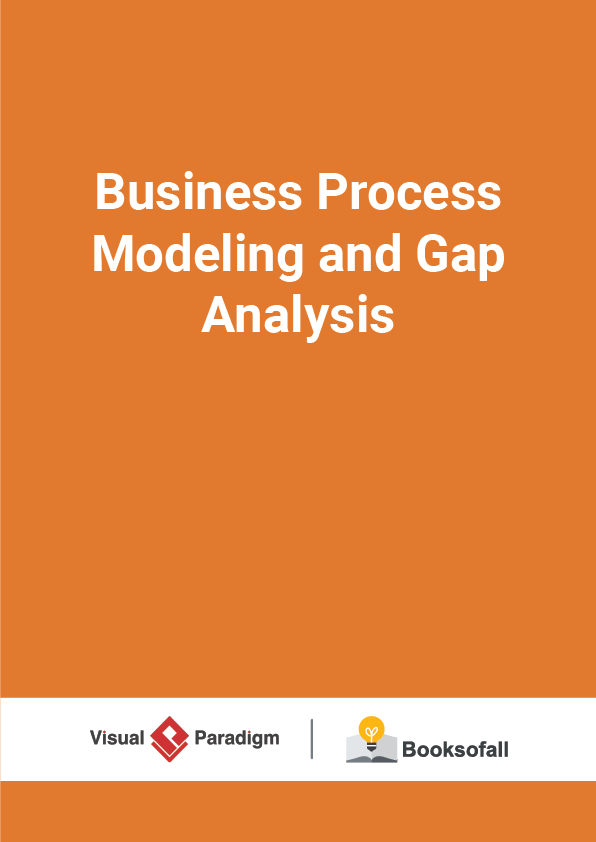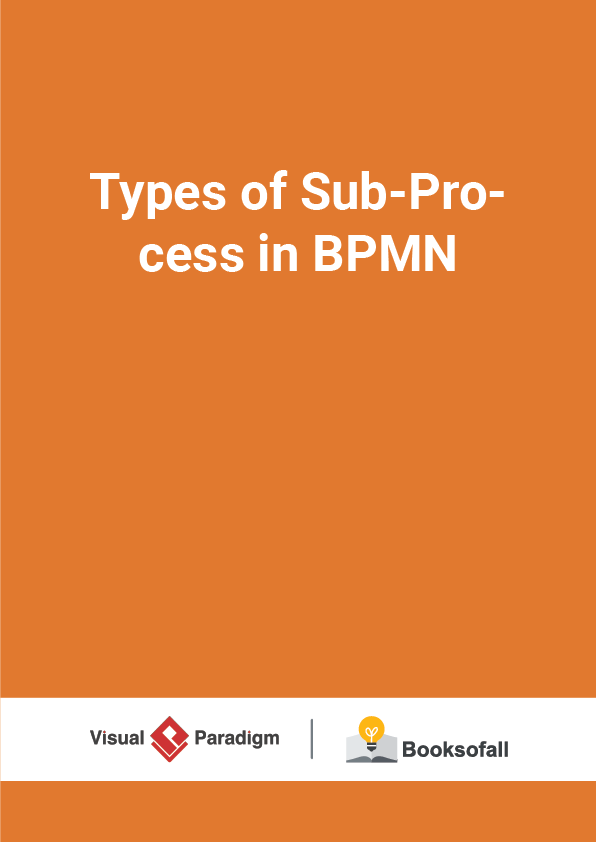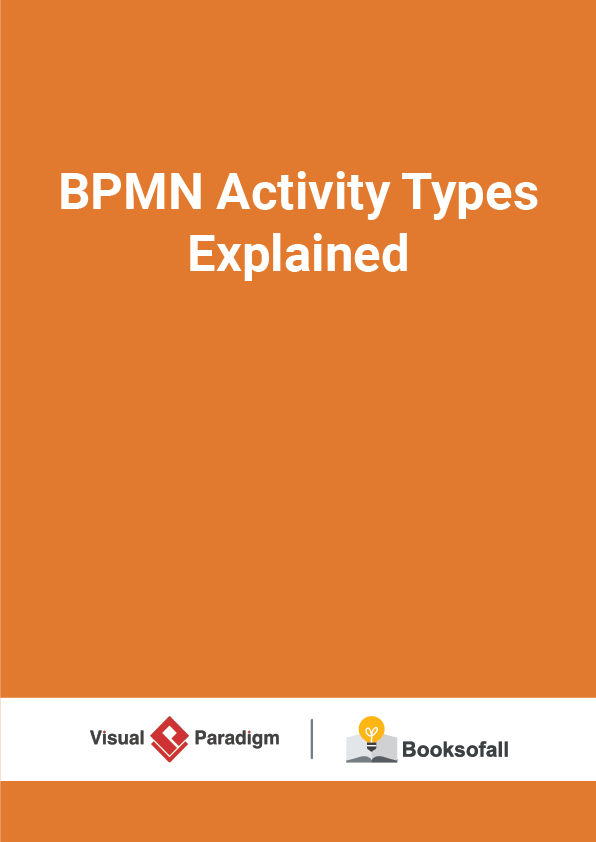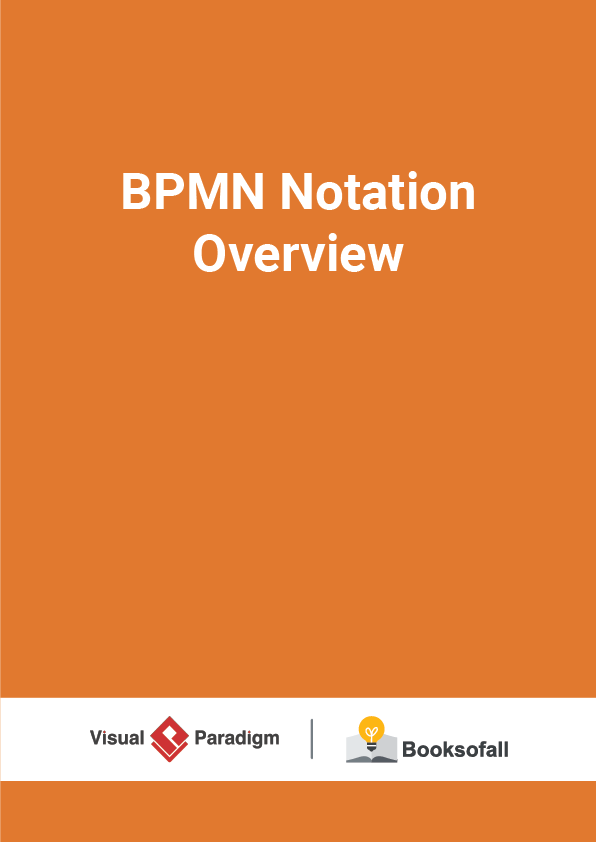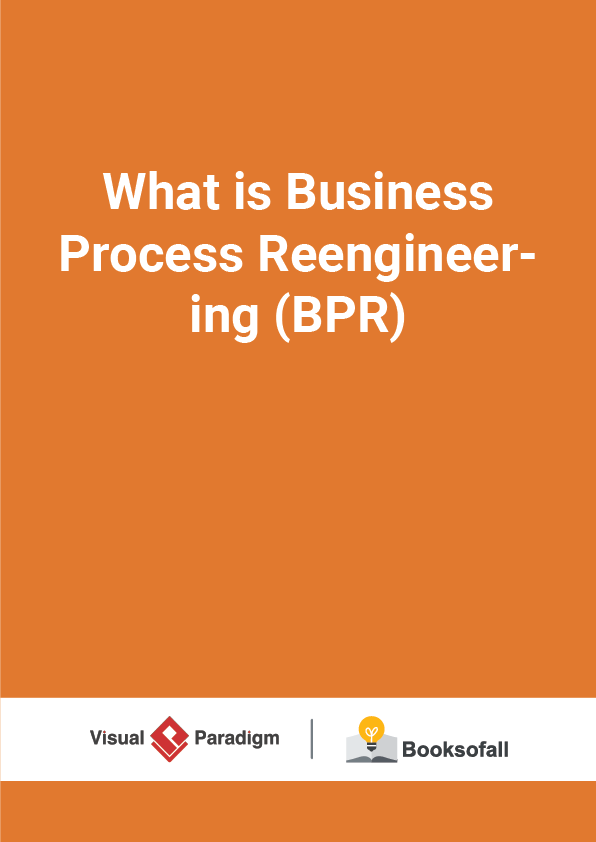Introduction
Purpose
This guideline provides information and advice to Queensland Government agencies on the recommended practices for documenting business processes using the Business Process Model and Notation (BPMN) Specification Version 2.0 released January 2011. This guideline is for information only and agencies are not required to comply. However, alignment with the guideline will simplify the sharing and reuse of BPMN diagrams and documentation between agencies.
What is BPMN?
BPMN is a graphical notation for drawing business processes. It is an industry standard first developed in 2002 as the Business Process Modelling Notation and now managed as the Business Process Model and Notation 2.0 by the international, open membership, not-for-profit, technology standards consortium, the Object Management Group (OMG). BPMN is a flowcharting technique very similar to activity diagrams from the Unified
Modelling Language (UML).
- The objective of BPMN is to
- assist communication about business processes
- support business process management
- provide a mapping between the notation and computing execution languages such as the Business Process Execution Language (BPEL).
Audience
This document is primarily intended for:
- business process analysts
- business analysts
- business architects.
It is assumed that the reader has:
- some knowledge of business process modelling
- a basic understanding of the BPMN Specification v1.2.
It should be noted that this is not a BPMN training document.
Scope
In scope
This guideline is available to all Queensland Government departments and agencies.
This guideline relates to the business layer of the Queensland Government Enterprise
Architecture (QGEA).
The focus of the guideline is on the recommended practices for Queensland Government use of BPMN 2.0 such as the recommended elements, naming conventions, diagram layout and process descriptions.
Out of scope
- Defining organisational models and resources such as:
- strategy models
- functional models
- data and information models
- business rules models
- value chain.
- Operational simulation, monitoring and deployment of business processes.
Benefits
A variety of modelling notations is available to document business processes. The use of different process models incurs a high overhead across government in maintaining the various knowledge and skills. It can also be problematic to share models between systems which use different notations.
The benefits of establishing a common, standard and royalty-free notation for business process modelling across Queensland Government include:
- Improved communication and understanding amongst all users, from the business analysts that create the initial drafts of the processes, to the technical staff responsible for implementing the technology that will support the processes, through to the business people who will own, undertake and monitor the processes
- Decreased training costs due to rationalisation of skillsets based on an industry standard
- Increased potential for comparing, sharing and reusing models amongst different business units and agencies. This will simplify analysis and enable an architectural approach to be applied to identify synergies across business areas and agencies
(Read the guideline for the remaining content)
